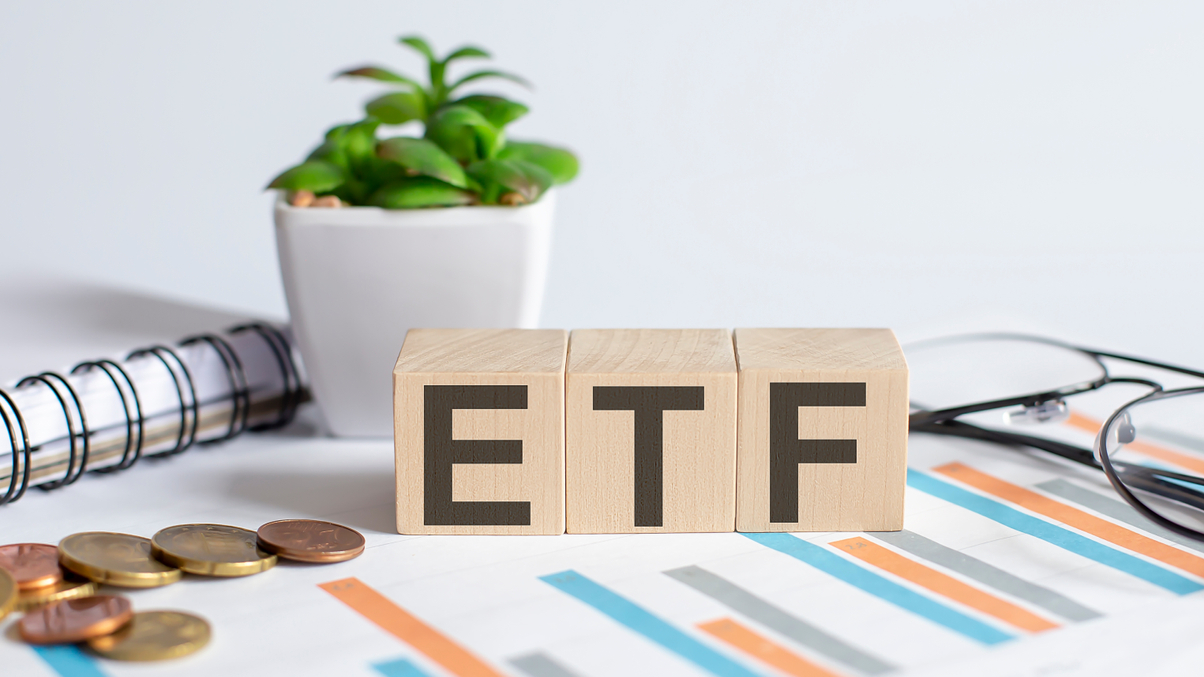Market Views: What is driving ETF interest in Asia?
Record-breaking amounts of capital poured into ETFs last year and in the first quarter of 2021. We ask investment experts whether the surge is likely to continue.

Investors broke all records in their fierce appetite for exchange traded funds in 2020. This has continued into 2021.
Sign in to read on!
Registered users get 2 free articles in 30 days.
Subscribers have full unlimited access to AsianInvestor
Not signed up? New users get 2 free articles per month, plus a 7-day unlimited free trial.
¬ Haymarket Media Limited. All rights reserved.


